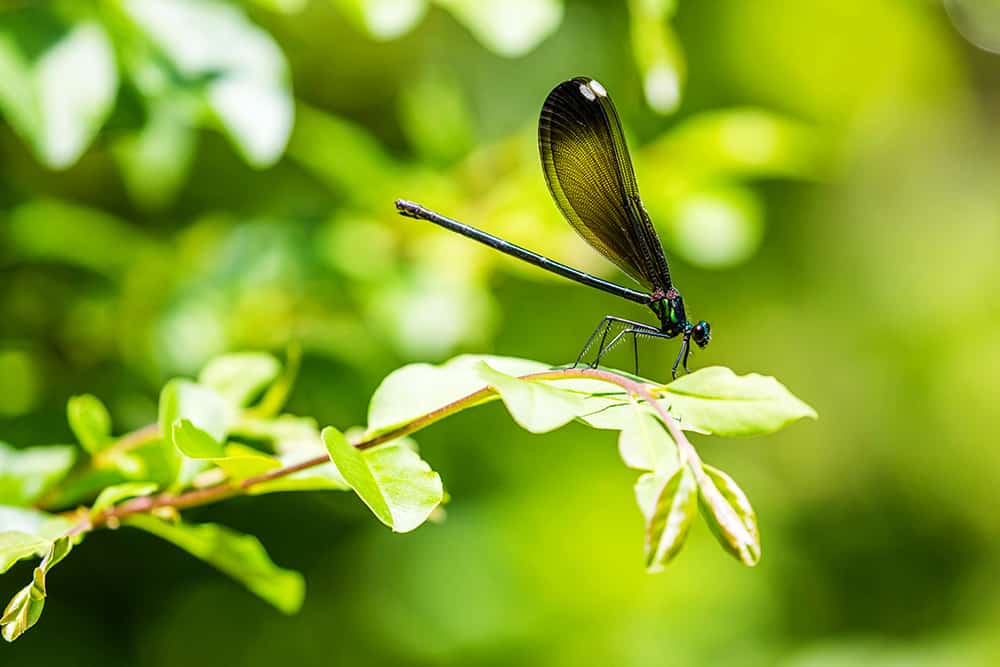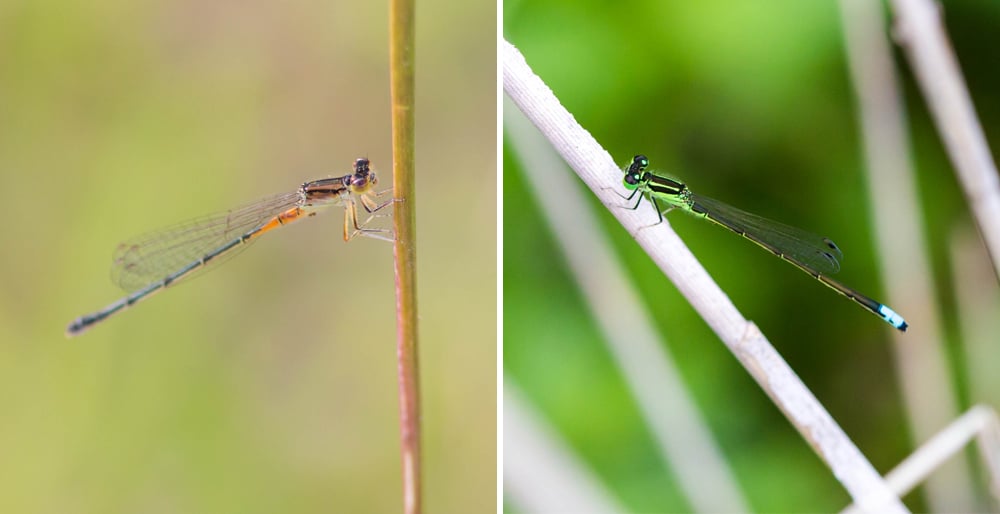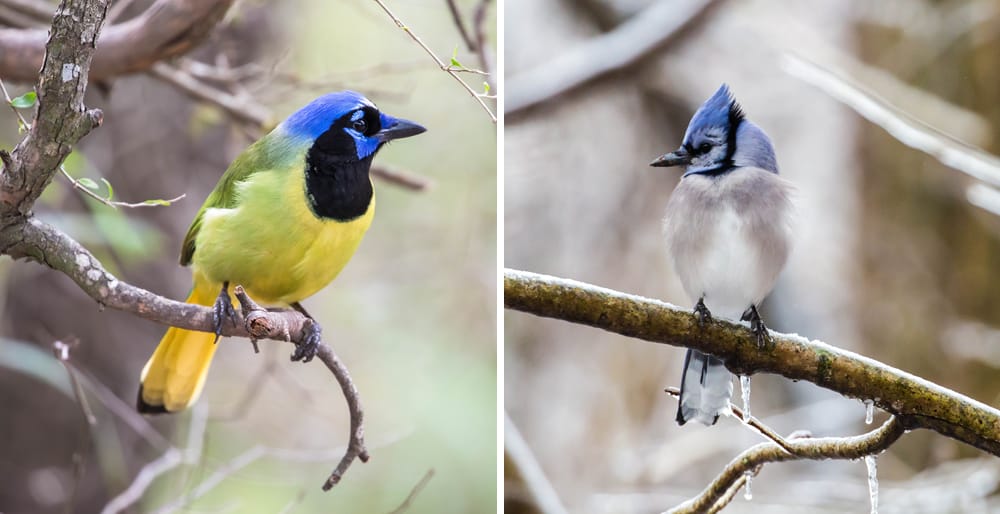NatureZen: How A Name Can Spark a Connection
Today people around the world celebrate Earth Day, an observation created in 1970 to show global support for protecting the environment. As supporters of Overton Park Conservancy, we know that you feel a deep connection to environmental protection. In a two-part #NatureZen, Melissa and Fields explore some of the ways that connection is created and sustained.
As we observe Earth Day, we recognize the local champions who battle long odds and broken systems to protect the environment. This fantastic piece from Monday’s Daily Memphian traces a path from the activists who fought Interstate 40 to the activists fighting the Byhalia Pipeline today.
We are one week into our $50K for 50 Years giving challenge, as we seek to raise $50,000 by May 15 in celebration of 50 years since the Supreme Court decision that spared the park from I-40. Thank you so much to all who have contributed! We’ve raised just over $15,000 to date and would love for you to contribute here. You can also share the link to our Facebook fundraiser on your profile.
How a Name Can Spark a Connection
Melissa McMasters, Conservancy Director of Communications
My connection to nature has not always been particularly strong. Growing up, I occasionally watched hummingbirds with my grandma, but I only took the required science courses in school and never felt much curiosity to learn more. I didn’t really feel nature until I stumbled into a communications job at Pittsburgh Parks Conservancy after grad school.
PPC was a young organization at the time and needed a photo library, so I asked for a camera for my birthday and decided to become the staff photographer. Spending all that time in the parks with a camera, I kept encountering a tiny, delicate creature with a brilliant emerald body and translucent black wings. It flew like a butterfly but was clearly something else. A dragonfly! I guessed. I went to Google but something wasn’t lining up between my creature and any dragonfly on offer. That’s how I learned of the existence of something called damselflies, close relatives of dragonflies who carry their wings folded above their backs rather than spread open. But among the wide variety of damselflies, what was mine? A beautiful demoiselle! I decided, choosing the first image that resembled my flitting treasure.

I was satisfied with this cursory identification until I started tagging along on wetland surveys in Frick Park with a biologist friend. He recorded botanical data while I looked for damselflies to photograph. Afterward, I would post them to Flickr and he would comment with identifications. That’s when everything changed for me.
Wait…this orange and green damselfly is the same species as this black and green one? How? (Because Eastern forktails are polymorphic–they come in several color combinations.) Why do I see that black-and-green beauty by the Nine Mile Run stream but never in the meadow? (Because it prefers a wetland habitat.) Wait…it’s not a beautiful demoiselle, it’s an ebony jewelwing? Why do they look so much alike? (Because they’re members of the same genus, Calopteryx, which contains 26 species that occur on five continents. Europeans call theirs demoiselles!)

It was all over after that. One little bit of information–something as simple as a name–unlocked a wealth of other mysteries to solve, creatures to know, habitats to love. I bought field guides to dragonflies and damselflies, trees, wildflowers, birds, butterflies, you name it.
My friend had been telling me for years that I would love iNaturalist because the platform is based around using photography to identify species. I stayed analog for a good five years before finally taking his suggestion in order to build a field guide to Overton Park’s plants. I’ve always wondered why I waited so long. Joining the platform turned me into a committed naturalist because it constantly introduces me to something new. I’ve now logged 12,000+ observations of 2,800 species, which is fun for me but also has broader implications. Scientists use this community science data–something as simple as a cell phone photo it took two seconds to snap–to track species distribution and abundance. This knowledge in turn can be used to spur investment in conservation projects all over the world.
On any given day, anyone who uses a platform like iNaturalist or eBird contributes to a greater understanding of how our world is changing over time. It doesn’t take years of formal research or training to play a small part in conservation. This is what drives me to go outside, day after day, and see what I can find there.
And all of that was unlocked by the simple fact of learning a name. For me, calling a tiny flower fly or a towering poplar by its name is the gateway to learning so much more about that organism. Why does it prefer a certain habitat? What seasons is it active? Why does this butterfly only seem to like yellow flowers? Why are tropical-climate birds so different from temperate-climate birds? My list of questions is literally endless, and that makes every single day an adventure.

Earth Day is about expressing gratitude for all that the earth gives us by taking action to protect it. As Fields will explore more deeply in tomorrow’s NatureZen, we protect what we love. Thank you for letting us share that love with you.



